Behind the Hive: Exploring the Differences Between Hornet Nests and Wasp Nests
Published June 29 2023, 2:24 p.m. ET
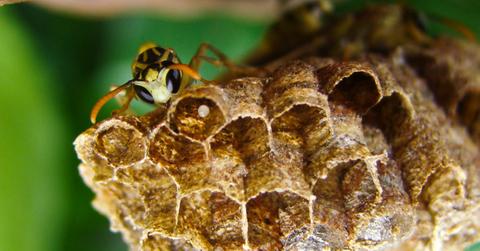
As the weather becomes warmer, more stinging insects will be flying around and building nests. Bees, hornets, and wasps are most active in the summer and early fall. You may even have noticed a nest near your home or yard.
Before you attempt to get rid of the nest, you should identify whether it’s a hornet nest vs. a wasp nest vs. a bee nest. Determining what kind of stinging insect you are dealing with might save you a lot of time, money, and potential pain if you get stung!
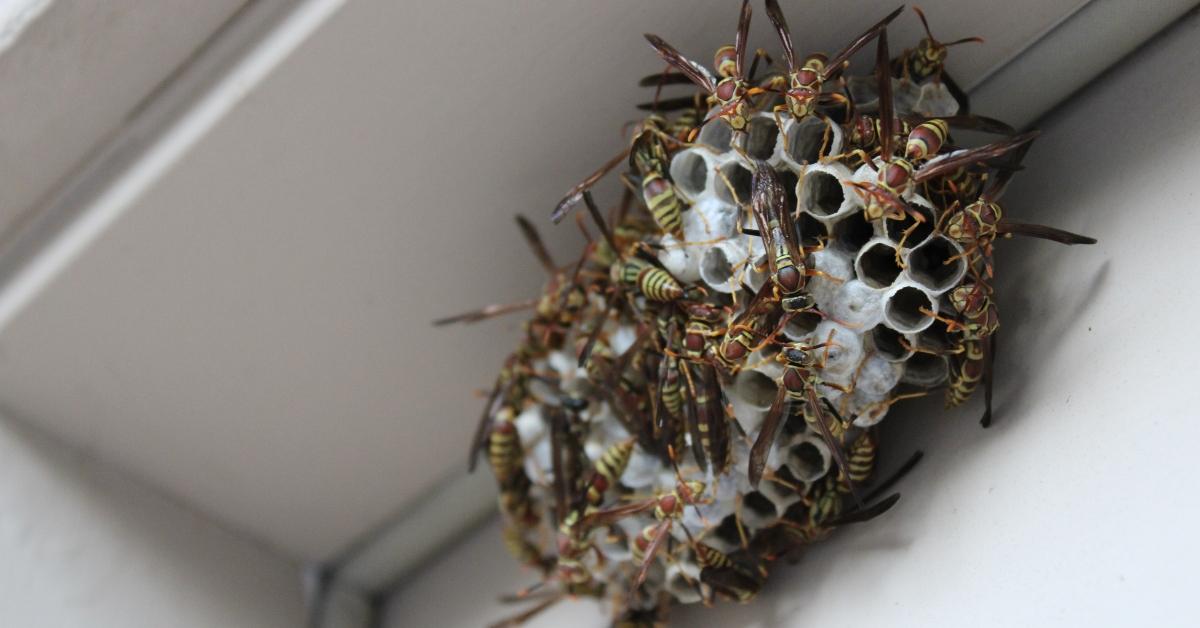
Are there differences between a hornet nest vs. wasp nest?
Hornets and wasps are similar insects, but there are differences between them. They both can be a nuisance when you’re outside, and they will sting you when provoked. Hornets are a type of wasp. All hornets are wasps, but not all wasps are hornets.
Hornets and wasps build nests where they lay, hatch their eggs, and raise their young. While the purpose of the nest is the same for hornets and wasps, they differ in their location and how they look.
What does a hornet nest look like?
If you see a large cylinder paper-like nest hanging in a tree, that is most likely a hornet's nest. When building nests, hornets work like natural recyclers. According to AZ Animals, the papery material of their nest is made by the hornets chewing on wood fibers to make pulp. The result is a grayish cylinder that can get as large as a basketball.
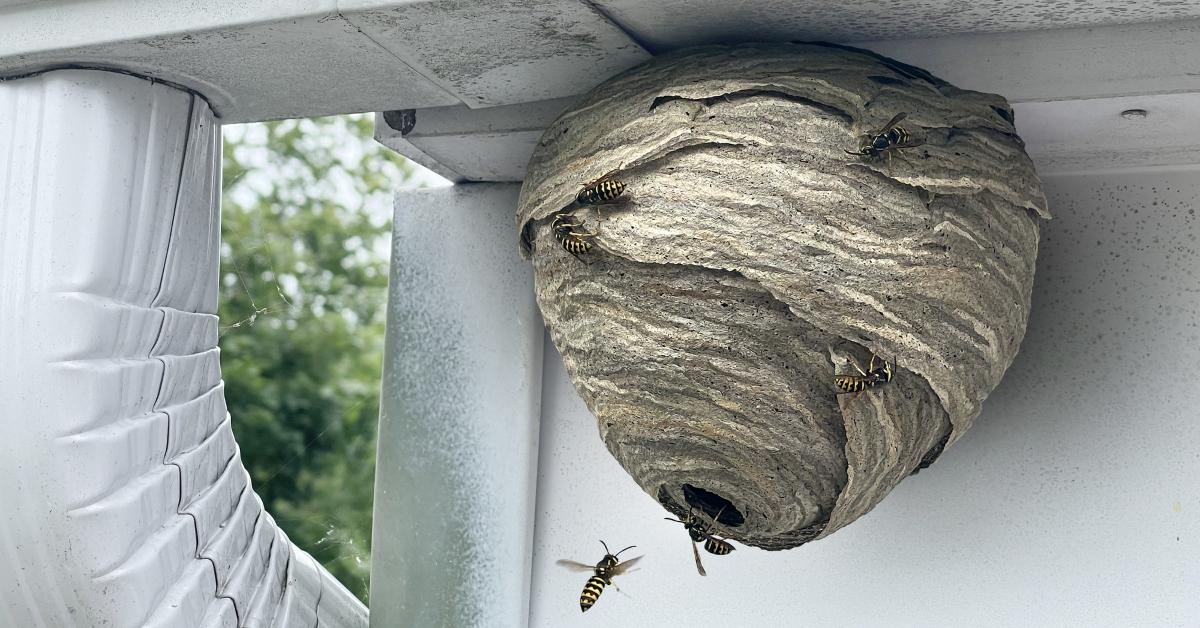
A hornet's nest has one entrance for the insects to come and go. If you were to dissect the nest, you'd find that inside the papery outer shell is a colony of hexagonal honeycomb-like structures built to hold the hornet larvae. This construction helps the hornets protect their young from predators and the elements. A hornet's nest can contain between 100 and 700 hornets, depending on its size.
What does a wasp nest look like?
Have you ever noticed a small octagonal-shaped honeycomb structure in the corner of your porch or eaves of your home? That’s a wasp nest. It is smaller than a hornet's nest and more exposed.
Wasps also build their nest from pulp from chewed wood fiber and saliva. Wasp nests usually can hold between 20 and 30 wasps, AZ Animals reports.
The purpose of a wasp's nest is to protect the queen, her eggs, and the larvae once the eggs have hatched, according to The Killers Pest Control. As such, nests may vary in size, space, and structure, but they can be built almost anywhere, especially on trees or against houses.
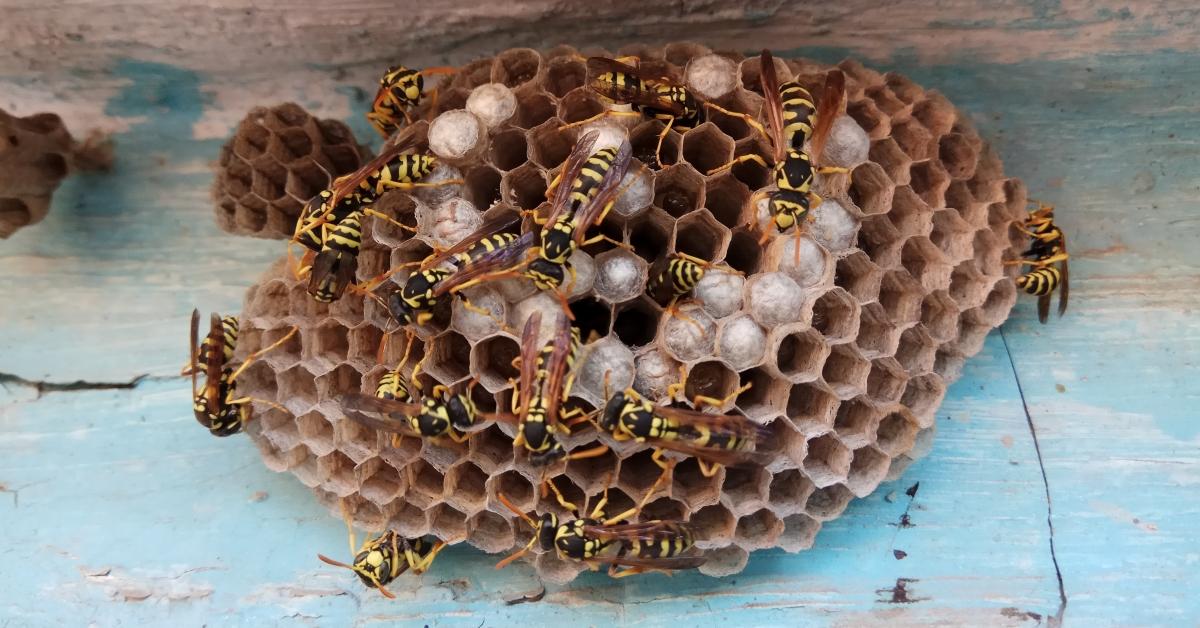
How do I get rid of a hornet or wasp nest?
Pest control experts at Midway Pest Management recommend that if you want to get rid of a stinging insect nest, you should first identify whether it is a hornet or a wasp nest. You should also determine the type of hornet or wasp in the nest because some species can be more aggressive. Other species, like mud daubers and cicada killers, aren’t aggressive and may even be a benefit.
It’s usually best to eliminate the nest at night when the insects are less active. You should always wear protective clothing when eliminating a hornet or wasp nest. When attacked or threatened, the insects release a pheromone to attract others to come help protect the nest.
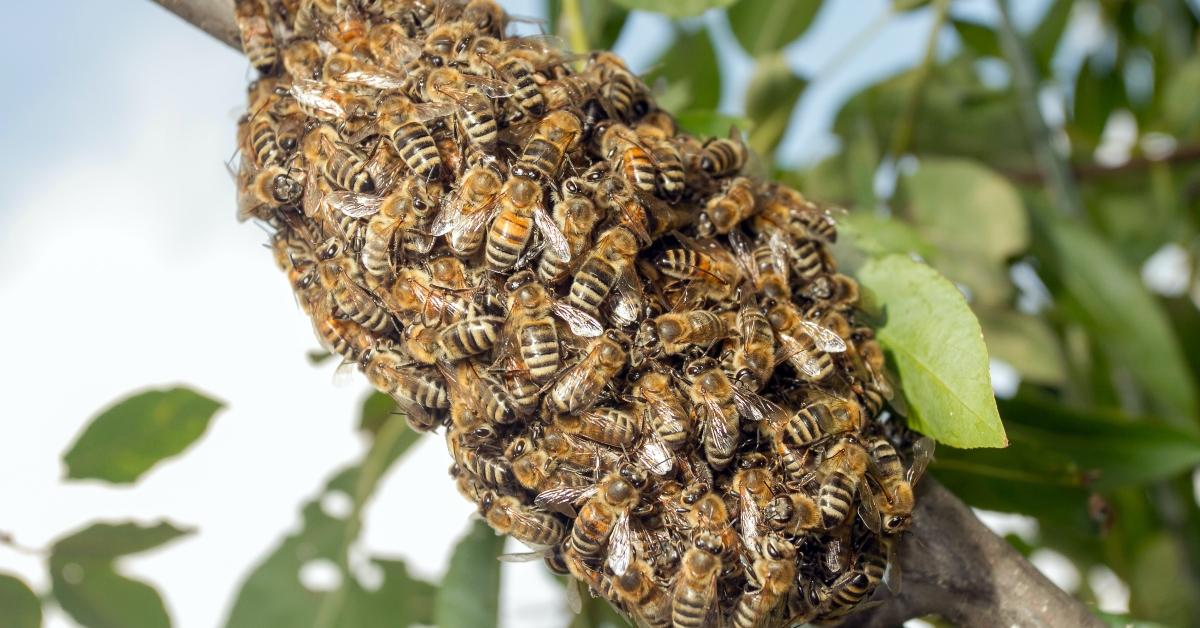
How do you distinguish between a bee nest vs. a wasp nest vs. a hornet nest?
You definitely want to identify a stinging insect nest before you attempt to get rid of it because it may be a bee nest. Several species of bees are considered endangered species. Pollinating honey bees are essential to our ecosystem, so you don’t want to disturb a bee hive if you have one.
The size of a bees nest can vary depending on the type of bee. Bumblebees nest in the ground, while honeybees build their nests in trees. Bees like to hide their nests, so they may build one in the walls or attic of your home.